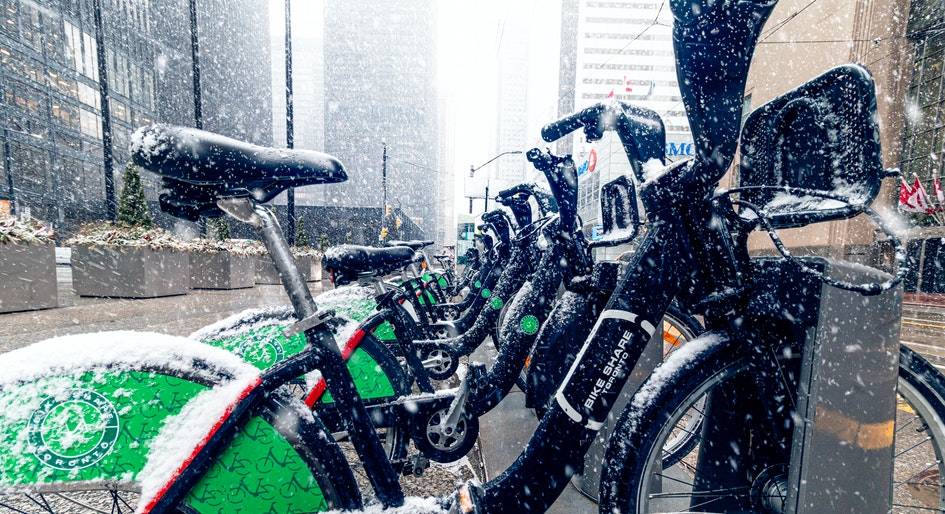Toronto’s bike sharing program was most popular at stations along recreational trails in 2020 as riders predominately used the system for leisure, rather than traveling to work. A new report from the Centre of Urban Research and Land Development at Ryerson University suggests this increase in people using Bike Share for outdoor adventure and exercise might mean they will choose this mode of transportation for their daily commute upon a return-to-the-office.
Senior Economist Diana Petramala and Research Assistant Daniel Bailey used daily Bike Share ridership data by location, available from the City of Toronto website, to track how ridership patterns changed between 2019 and 2020. In the course of their study, seven mobility shifts emerged in the way the program was used.
As stated in the report, financial data from the Toronto Parking Authority shows “annual membership revenue was stronger than expected in the first half of 2021, suggesting that the threat of COVID-19 may actually encourage more Bike Share usage relative to transit as the economy starts to reopen.”
Pre-pandemic, the majority of riders in the bike sharing system held an annual membership, but the number of casual riders increased significantly in 2020, accounting for 37 per cent of all rides last year—up from 20 per cent in 2019. Rides among casual members rose by just over 400,000. The number of annual members remained flat, although weekend usage increased more for this group.
Riders flocked to stations near recreational trails such as the Don Valley Bike Trail and Tommy Thompson Park. The waterfront trail attracted a quarter of the increase in ridership last year, with more than 530,000 rides taken along this route; whereras, rides declined by 50 per cent for the Bike Share near Union Station, which once held a top spot in 2019. Other stations in James Town and Regent Park met a similar fate last year.
Both researchers anticipate this heightened leisure use could “be a gateway into more Torontonians using Bike Share as a main mode of commuting, even when the pandemic is over.”
Readers can access this report here for more detailed data.
Photo by Andre Furtado





